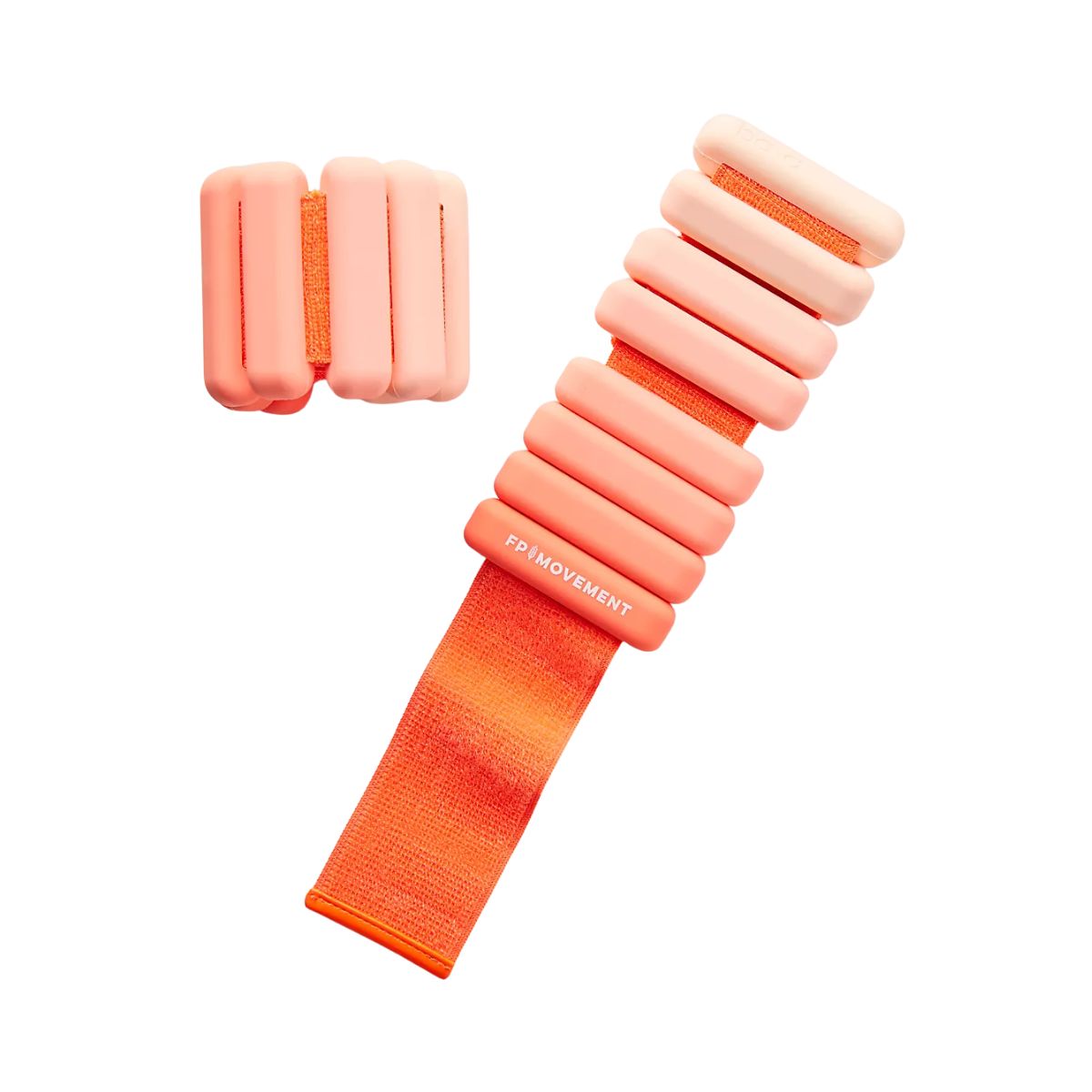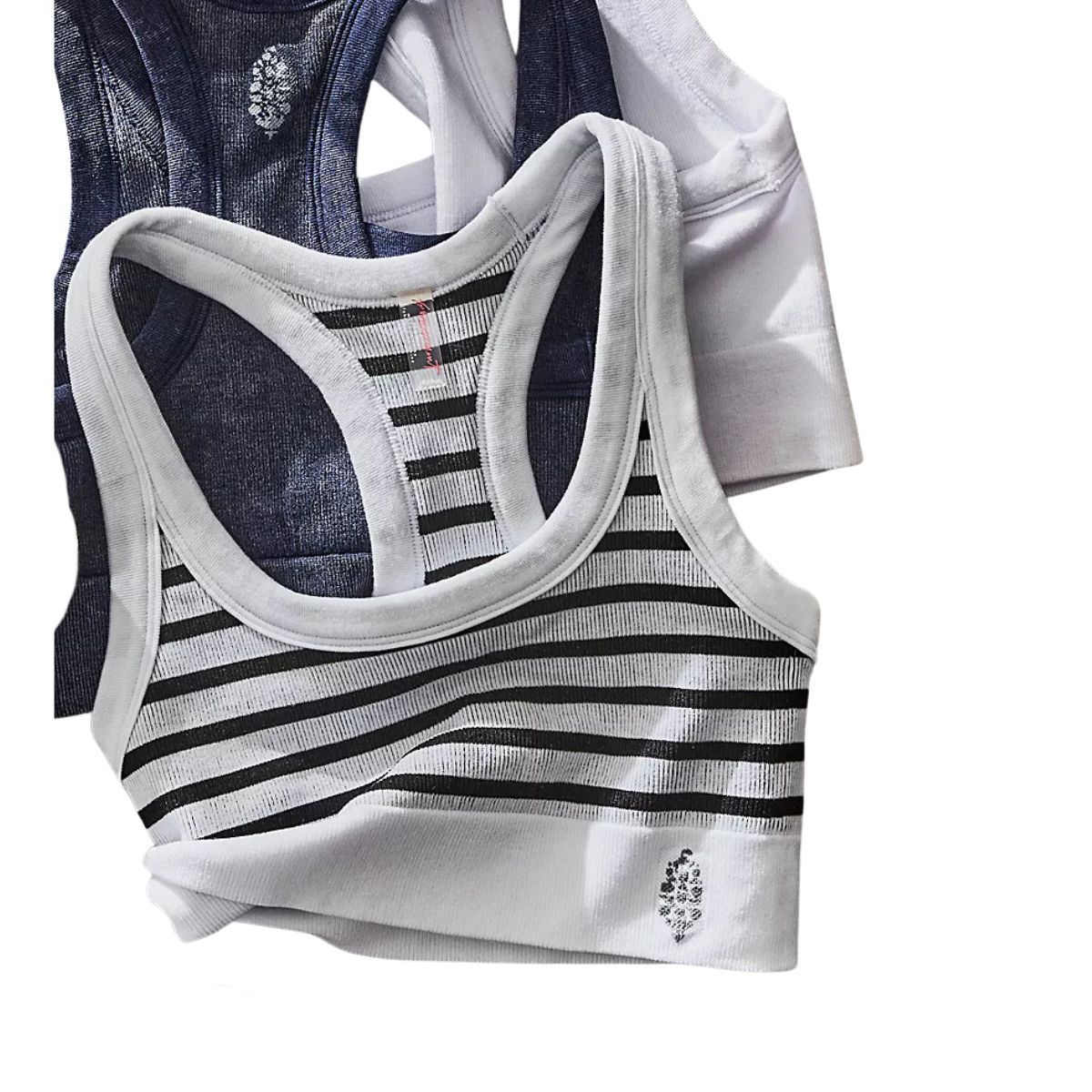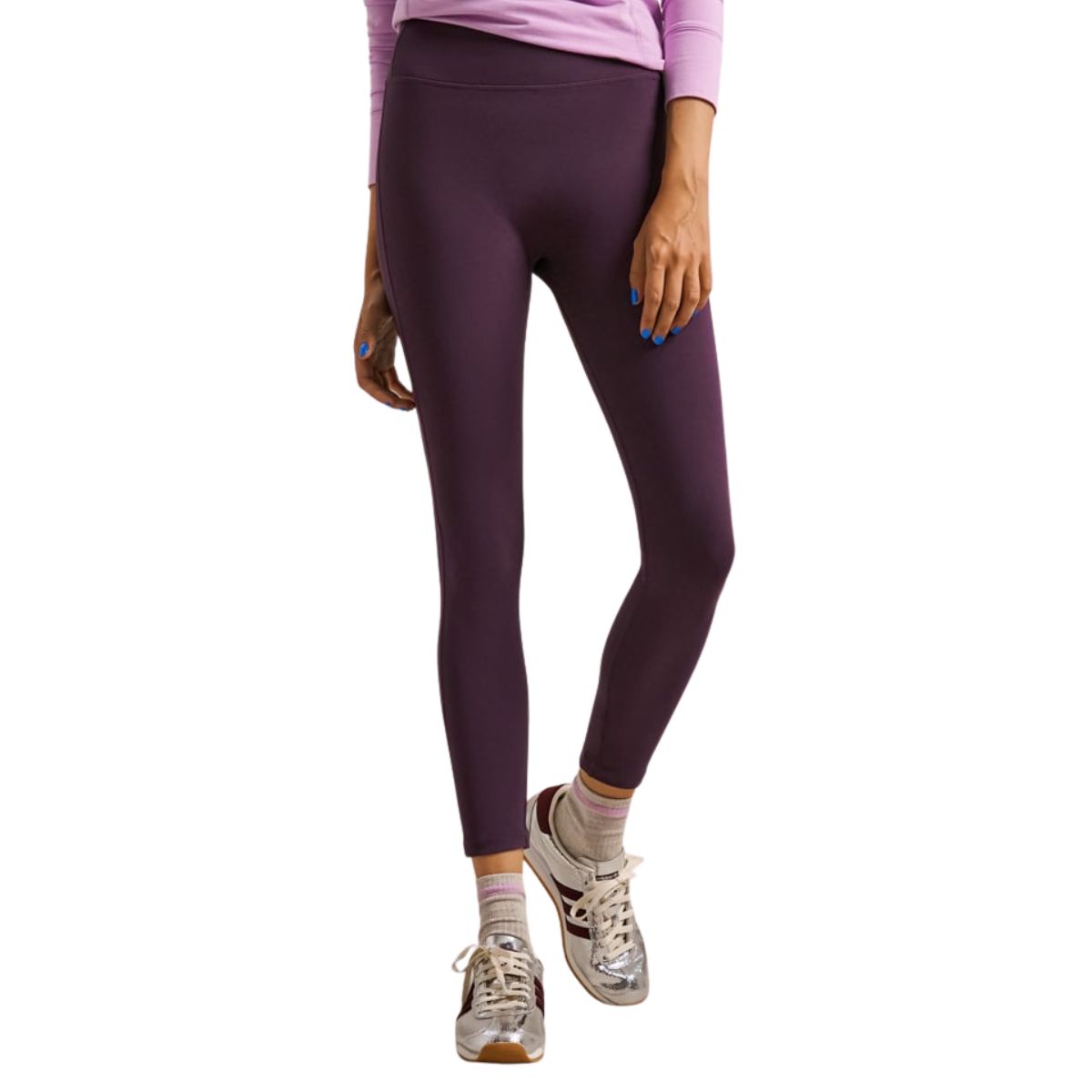If you asked me what I thought was the most glamorous form of exercise, I’d say Pilates. The wildly viral workout has become synonymous with sleek Reformer studios, sweat-inducing sessions and matching pastel-hued sets worn by so-called “Pilates princesses”. It’s hard not to fall for the allure, but behind the aesthetic lies something far more functional. Pilates was never about looking polished; it’s about how your body moves. At its core (literally), it’s about mobility, alignment and strength – three things most of us need more of after years of sitting, slouching and scrolling.
Enter the Pilates leg kick – or single-leg kick, as it’s known in the classical mat repertoire. It looks deceptively gentle, but experts say this one simple move can do wonders for your hip mobility and core strength.
“Pilates leg kicks usually refer to exercises from the classical mat repertoire such as the single leg kick and the double leg kick,” says multi-disciplinary trainer Tara Riley. “They’re done lying face down, kicking the heels towards the bottom, with a focus on extension through the back body, challenging the hamstrings, glutes, hips and shoulder girdle stability.”
And don’t just take our word for it. Research backs up just how important hip mobility and core strength are for long-term health and movement quality. A 2018 study found that four weeks of focused core training significantly improved posture and spinal stability, while another review linked limited hip mobility to knee and lower-back pain. In other words, this understated Pilates move does far more for your body than any flashy ab finisher could.
Keen to discover more about the power of Pilates? Check out our guides to the best Pilates exercises for beginners, best Pilates core moves, best advanced Pilates exercises, and the best weighted Pilates moves. Keen to shop? Don’t miss our edit of the best Pilates bar exercises, best at-home Reformer Pilates machines, and more budget-friendly Pilates sculpt bars, Pilates sliders and Pilates rings, here.
Hip Mobility and Core Strength Matter – Here’s the Pilates Move an Expert Swears By
Why do experts love the Pilates leg kick?
“The Pilates one-leg kick is a great exercise to challenge the body in a number of ways,” explains Pilates instructor Eloise Skinner. “It strengthens the muscles on the back of the body, works on alignment, and really builds the mind-body connection.”
Because the exercise requires you to lie prone (face down) while lifting the chest and kicking one leg, your posterior chain – the glutes, hamstrings and lower back – is working hard to stabilise you. At the same time, your shoulders and core must stay engaged to prevent wobbling.
Skinner adds that it’s the balance of control and coordination that makes this move so potent. You can’t just swing your leg; every inch of the movement has to be intentional, which forces the smaller stabilising muscles to activate. The result? Better body awareness, balance and control – all key principles of Pilates.
Why is the Pilates leg kick so good for hip mobility and core strength?
Hip mobility might not sound like a headline goal, but it’s one of the most important foundations for healthy, pain-free movement. “It’s fundamental to so many daily activities – standing, bending, stretching, twisting,” says Skinner. “A lack of hip mobility can cause overcompensation in the lower back, knees or ankles, and even lead to stiffness or pain.”
The single-leg kick works both sides of the equation: as you lift and bend your leg, the front of the hip lengthens (a stretch for tight hip flexors) while the back of the body strengthens. That stretch-and-strengthen combination is what keeps hips mobile and joints healthy.
Meanwhile, the core is quietly doing most of the heavy lifting. Keeping the upper body lifted and stable challenges your deep abdominal muscles to stay switched on – the kind of strength that supports your spine and improves posture. “Core strength is challenged through the need to stabilise the mid and upper body, and maintain alignment as the legs move quickly,” says Skinner.
It’s that blend of precision and power that makes the move a favourite among instructors – a functional strength exercise wrapped in an elegant Pilates package.
Is the Pilates leg kick suitable for beginners?
Yes, though Skinner says a little alignment awareness goes a long way. “It’s a good exercise for beginners, although it does require some understanding of posture, since there’s a chance of overloading the lower back if the upper body is placed incorrectly. It might be best to try it with a teacher first, in a class environment, and then incorporate it into a home practice.”
Once you’ve nailed the basics, there are easy ways to level it up. “To make it more advanced, the legs can move in sequential motion, switching between kicks like scissors, or both legs can move together in a double-leg kick,” Skinner adds. “You can also combine it with other glute or hamstring work for a more complete routine.”
How to do a Pilates leg kick with good form
Start with eight to ten reps per leg, moving slowly to prioritise form. Over time, you can increase the tempo or add pulses for more intensity.
- Lie face down on your mat with your legs extended and toes pointed. Rest your hands lightly beside your body.
- Lift your chest slightly, keeping your shoulders away from your ears and your neck long.
- Engage your core and glutes to stabilise your pelvis and prevent the lower back from arching.
- Bend one knee and kick your heel towards your glute in a controlled motion – think smooth, not snappy.
- Lower the leg back down with control, then switch sides.
Shop MC-approved Pilates gear below

FP Movement x Bala Exclusive Bangles 2 Lb. Weights
One thing that’s seriously upped my Pilates game? The right ankle weights. Enter Bala Bangles: just 2lb each, subtle but effective, adding gentle resistance to everything from Pilates moves to casual walks. The soft-touch silicone feels luxe on the skin, and the velcro strap keeps them perfectly in place.
How often should you do the Pilates leg kick?
Two to three times a week is plenty. Pilates is all about control and consistency – your muscles benefit more from a few mindful sets than daily, rushed reps. The leg kick is entirely mat-based, which makes it perfect for at-home or on-holiday workouts.
When will you notice results from practicing the Pilates leg kick?
Multi-disciplinary trainer Tara Riley says most people feel the difference within a few weeks of consistent practice: “You’ll start to notice looser hips, better posture and more awareness of how your body moves.”



